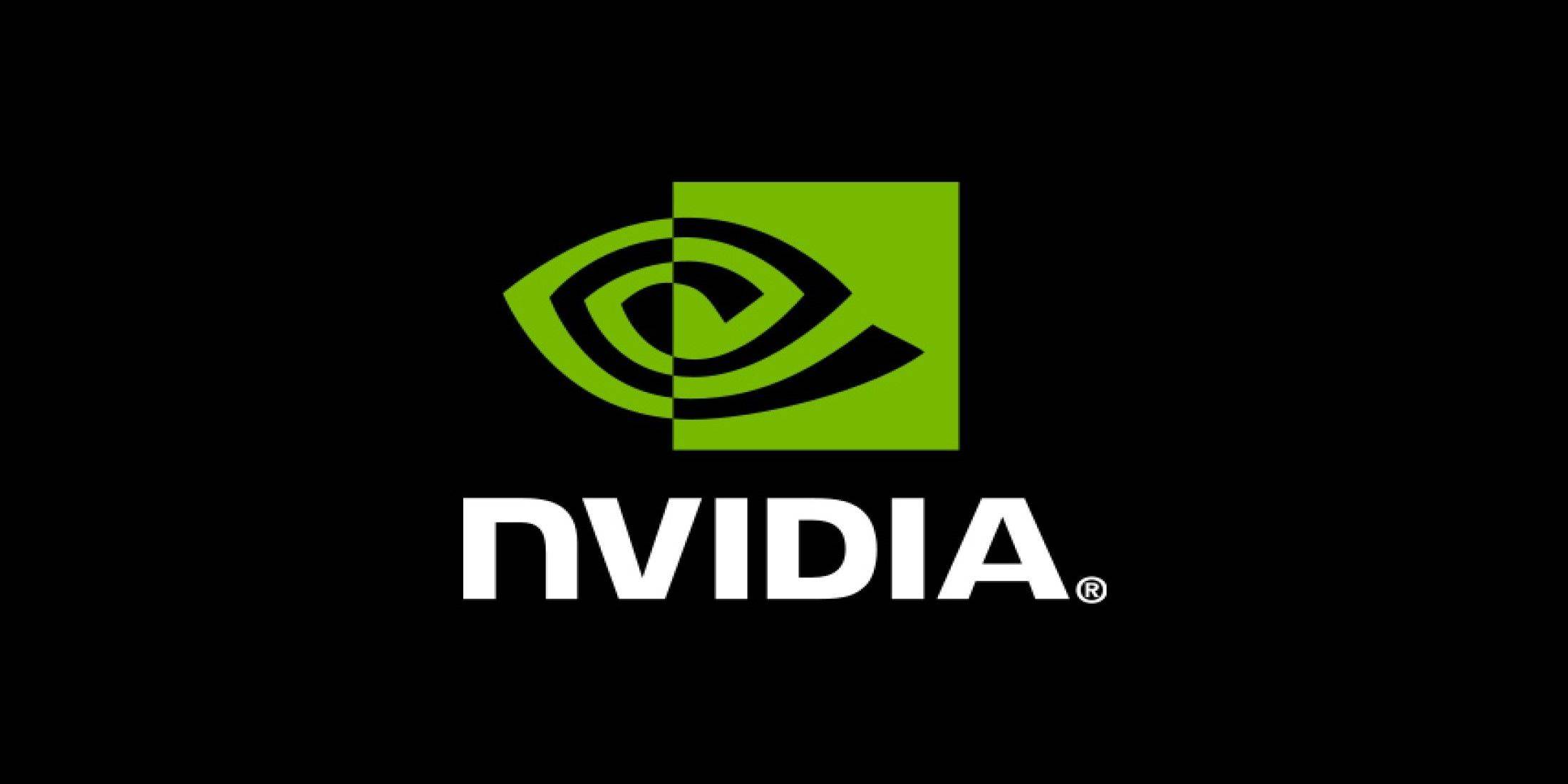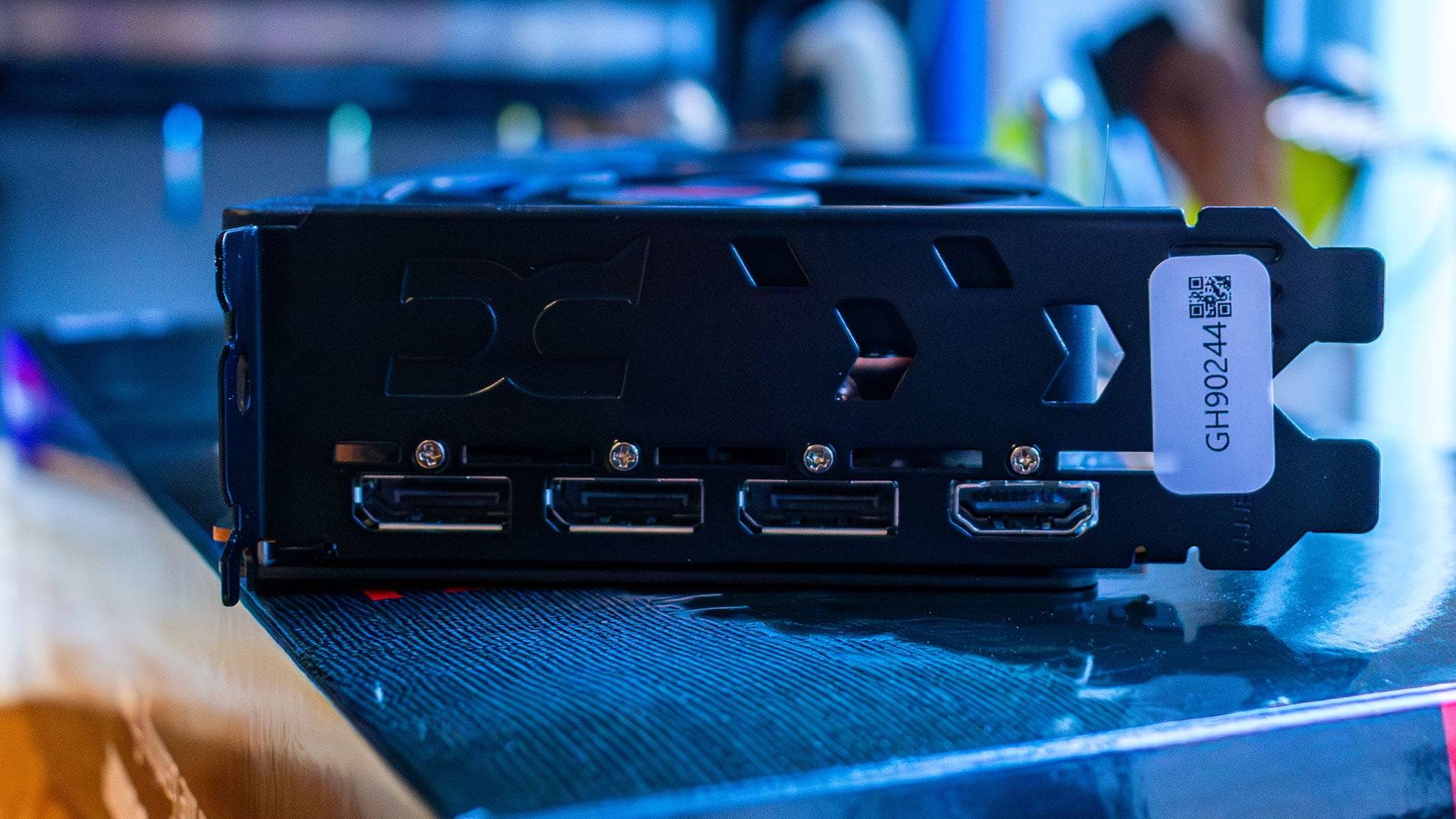DLSS: The Game-Changing Tech for Enhanced Gaming
Nvidia's DLSS, or Deep Learning Super Sampling, revolutionized PC gaming. This technology significantly boosts performance and image quality, extending the lifespan of Nvidia graphics cards – provided the game supports it, a number constantly growing.
Since its 2019 debut, DLSS has undergone substantial updates, impacting its functionality, effectiveness, and differentiating RTX card generations. This guide details DLSS, its operation, variations, and relevance, even for non-Nvidia users.
Additional contributions by Matthew S. Smith.
Understanding DLSS
DLSS, or Deep Learning Super Sampling, is Nvidia's proprietary system for enhancing game performance and visuals. "Super Sampling" refers to its intelligent upscaling to higher resolutions with minimal performance overhead, thanks to a neural network trained on extensive gameplay data.
Initially focused on upscaling, DLSS now incorporates features like DLSS Ray Reconstruction (AI-enhanced lighting and shadows), DLSS Frame Generation and Multi-Frame Generation (AI-inserted frames for higher FPS), and DLAA (Deep Learning Anti-Aliasing, combining image quality enhancements with AI-improved anti-aliasing for superior visuals than native resolution).
Super Resolution, especially crucial with ray tracing, is its most prominent feature. DLSS-supported games typically offer modes like Ultra Performance, Performance, Balanced, and Quality. These modes render at lower resolutions (achieving higher FPS) and upscale to native resolution using machine learning. For instance, in Cyberpunk 2077 at 4K with DLSS Quality, the game renders at 1440p, then upscales to 4K, resulting in significantly higher frame rates.
However, DLSS's neural rendering differs from older methods like checkerboard rendering. It can add detail unseen at native resolution without DLSS, preserving detail lost with other upscaling techniques. Potential artifacts like "bubbling" shadows or flickering lines have been significantly mitigated, especially in DLSS 4.
DLSS 3 vs. DLSS 4: A Generational Leap
The RTX 50-series introduced DLSS 4, revolutionizing the underlying AI model. To understand the impact, let's examine the AI engines.
DLSS 3 (including DLSS 3.5 with frame generation) used Convolutional Neural Networks (CNNs). Trained on vast video game data, CNNs analyzed scenes, spatial relationships, edges, and other elements. However, advancements in machine learning necessitated a change.
DLSS 4 employs Transformer networks (TNNs), far more powerful. Analyzing twice the parameters, TNNs offer a deeper scene understanding. This allows for more sophisticated interpretation, including long-range patterns, resulting in superior processing and improved DLSS aspects.
This new model enhances DLSS Super Sampling and DLSS Ray Reconstruction, preserving fine detail and reducing artifacts. DLSS 4's TNN also significantly improves frame generation. While DLSS 3.5 inserted single frames, DLSS 4 generates four artificial frames per rendered frame (DLSS Multi-Frame Generation), potentially doubling or tripling frame rates.
Nvidia Reflex 2.0 minimizes input latency, addressing concerns about lag. While minor ghosting can occur, especially at higher frame generation settings, Nvidia allows users to adjust frame generation to match their monitor's refresh rate, preventing issues like screen tearing.
DLSS Multi-Frame Generation is exclusive to RTX 50-series, but the improved TNN model benefits are available for DLSS Super Resolution and DLSS Ray Reconstruction via the Nvidia app, which also enables DLSS Ultra Performance and DLAA where unsupported.
The Significance of DLSS for Gaming
DLSS is transformative for PC gaming. For mid-range or lower-end Nvidia cards, it unlocks higher graphics settings and resolutions. It also extends GPU lifespan, maintaining playable frame rates by adjusting settings or performance modes, benefiting budget-conscious gamers.
While Nvidia pioneered DLSS, AMD (FidelityFX Super Resolution – FSR) and Intel (Xe Super Sampling – XeSS) offer competing technologies. Although Nvidia's higher GPU pricing is a valid criticism, DLSS has undeniably improved price-to-performance ratios in many scenarios.
DLSS vs. FSR vs. XeSS
DLSS surpasses competitors due to DLSS 4's superior image quality and low-latency multi-frame generation. While AMD and Intel offer upscaling and frame generation, Nvidia's machine learning remains superior, delivering crisper, more consistent visuals with fewer artifacts.
However, unlike AMD FSR, DLSS is exclusive to Nvidia cards and requires developer implementation. While support has broadened, it's not universally guaranteed.
Conclusion
Nvidia DLSS is a game-changer, continuously improving. While not flawless, it significantly enhances gaming experiences and extends GPU longevity. However, AMD and Intel's offerings provide viable alternatives. Gamers should weigh GPU pricing and features against their gaming preferences to determine optimal value.


![1xBet [Updated]](https://imgs.yx260.com/uploads/76/1719623227667f5e3be7616.jpg)




























